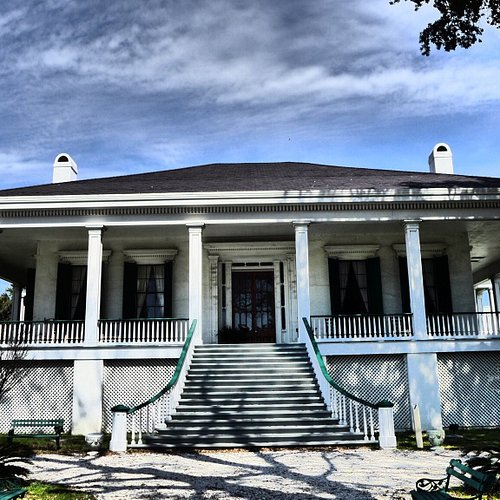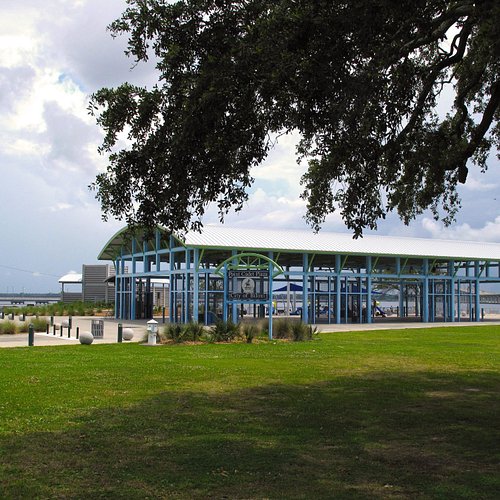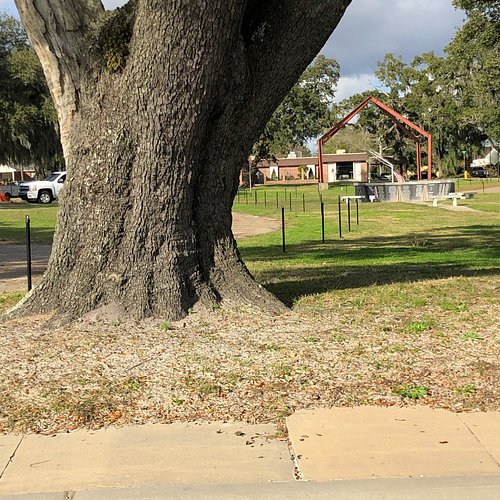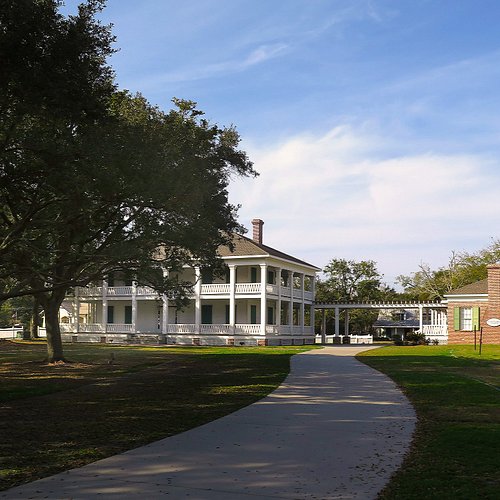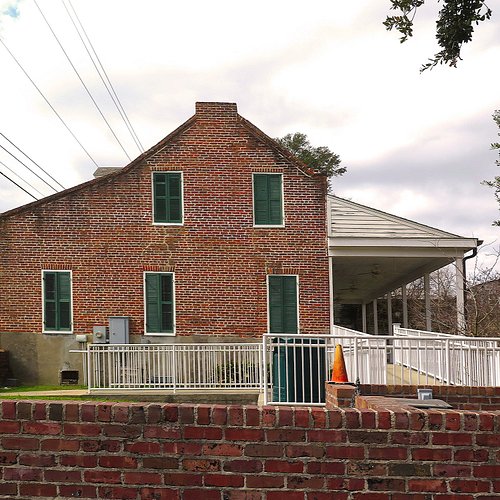Things to do in Biloxi, Mississippi (MS): The Best Historic Sites
Sitting along the shores of Mississippi's Gulf Coast, the city of Biloxi has been a favorite vacation destination for decades, with sandy beaches and calm waters perfect for jet skiing or deep-sea fishing. Having suffered heavy damage during Hurricane Katrina, Biloxi is bouncing back. The casinos and resorts are back in action, offering championship golf and live entertainment. The city has restored many historic sites, including Beauvoir, the home of Confederate president, Jefferson Davis.
Restaurants in Biloxi
1. Beauvoir
Overall Ratings
4.5 based on 1,170 reviews
Home of Ex-Confederate President of the Confederate States of America where he lived his remaining 12 years of his life (post-war) and where he wrote "The Rise and Fall of the Confederate Government." Golf Carts are now available to rent. Guided tour of the home showing how life was lived by the President and his family and self guided grounds (Varina's Garden, Cemetery, and nature trail), Museum, separated into 3 sections: Rotating Gallery, Soldier's Exhibit, and President Davis Exhibit. Research Library including reference books to accommodate most genealogy research focused on the Civil War.
Reviewed By interceptpubs - Columbus, United States
Built around 1850 by James Brown, a wealthy planter, as a summer home on the Gulf of Mexico, Brown called his new estate "Orange Grove." Brown died in 1866, but it wasn't until 1873 that the property was sold to pay back taxes and settle his estate. It quickly changed hands a couple of times, ending up in the possession of Sarah Ann Dorsey, the daughter of a wealthy planter in Natchez. She bought the house along with 600 hundred surrounding acres, renaming it "Beauvoir" or "beautiful view." Dorsey was a childhood friend of Varina Howell, Jefferson Davis' second wife, and herself had known the Davis family all her life, often visiting the Confederate president's elder brother Joseph's family at his home, Hurricane Plantation, near Vicksburg. When Jefferson Davis came to the Gulf Coast in 1877 seeking a place to write his memoirs, Dorsey offered him the use of one of the cabins on the estate. Two years later Dorsey died, leaving the entire estate to Davis. Davis, his wife, and their youngest daughter, known as Winnie, lived here until his death in 1889. The remaining two women moved to New York City in 1891, although they retained ownership of Beauvoir. The Davis family finally sold it in 1902 to the Mississippi Division of the Sons of Confederate Veterans for use as a veterans home. It served in this role until 1953. The main house was turned into a shrine to the late Confederate president in 1941 with a museum honoring Confederate soldiers in the basement. With the closure of the veterans home, the home's hospital became the soldier's museum and a Davis' family museum took up the exhibit space in the main house's basement. In the late 90s, the Jefferson Davis Library and Museum were opened on the grounds. Unfortunately, just a few short years later, Katrina hit devastating the ocean front property. The main house survived, but has required extensive restoration that is only now in its final stages. A number of artifacts were also damaged, and the Library was effectively destroyed. Overall damage estimates exceeded $25 million dollars. Fortunately, much of the restoration is now complete, as we discovered in our recent visit to the estate. The first stop for visitors is the gift shop where tickets ($12.50 for adults) for the hourly house tours can be purchased. The tour itself last about 30 minutes and covers all the rooms in the house (although some rooms, such as Jefferson Davis' bedroom, are only looked at through the glass doors/windows). The rooms are mostly furnished with pieces from the Davis' family. The docent provides a fairly fast paced overview of the estate's history with a particular emphasis on the time that the Davis family lived here. After the house tour, we went back into the main building to look at the museum exhibits that take up much of the second floor. Items from Jefferson Davis, including correspondence, as well as an extensive collection of Civil War military material (edged weapons, rifles, flags, etc.) are on display. Some damaged items are shown to illustrate the havoc caused by Katrina. We then walked the 50 or so acres of grounds including out to the soldiers cemetery, where we found the grave of the Confederate unknown soldier, before finally hitting the gift shop to buy some interesting books on the history of the estate, the Civil War, and Mississippi. Overall, we spent about two hours here and enjoyed every minute of it.
2. The Historic Redding House
Overall Ratings
4.5 based on 11 reviews
The Redding House is listed on the National Registry of Historic Places and is the only surviving downtown Biloxi mansion. The home features a mixture of design elements including Corinthian columns of cypress wood, Palladian-arched windows with outside dormers, and sweeping curved porches. The multiple fireplaces, pocket doors, and grand entrance staircase are adorned with ornate mahogany and cypress millwork. The grand two-story central hall entryway was designed to enhance the cooling and heating of the house. The high ceilings and floor-to-ceiling windows allow cross-ventilation of the public rooms.The exterior of the house has always been white, yet the interior features bold rose-colored plaster walls. The walls are complemented by the matching tapestry adorning the Eastlake designer furnishings. The crystal chandeliers, stained glass windows and hand-painted mural ceilings that were all lovingly resorted, remain today as evidence to the opulence of the home.Space provided for up to 100 seated guests and 200 reception guestsHand carved Rosewood chairs and tables throughout the home’s interior roomsBuilt-in Mahogany bars located on each floor of the venue Fully equipped kitchen
Reviewed By 516MichaelP - Victoria, United States
Got a brochure from the City Hall as to what we could see by walking around downtown Biloxi. This place had a dor sale sign in front of it. Need to take off your brochure.
3. Point Cadet Plaza
Overall Ratings
4.0 based on 13 reviews
Reviewed By cruzfool2005ft - Freeport, United States
we visited while we were at the adjacent maritime & seafood industry museum (which was excellent) and the park was really nice and clean with nice bathrooms. good location right on back bay kind of nearly under the Biloxi bridge.
4. Great Oaks
5. Hurricane Camille Memorial
6. Grass Lawn
Overall Ratings
3.0 based on 5 reviews
Known as the Milner Home, this grand showcase on the Mississippi Sound was built in 1836 and is known for its 10-foot wide galleries, stately box columns and balusters of triangular design.

